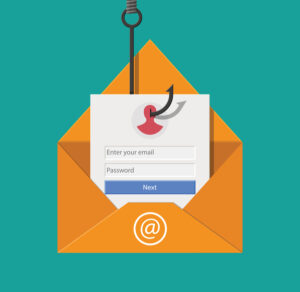We’re all familiar with email spam — those unwanted email messages that fill our inboxes and waste our precious time.
But did you know a significant chunk of that email spam is coming from inside our company, from our co-workers and even our bosses? In fact, internal spam can be even more insidious than external spam. For one thing, antispam software can’t detect them because they come from official email addresses. And we’re more likely to waste time opening and reading them, because, after all, our colleagues sent them!
What Is Internal Email Spam?
Let’s be honest. Some internal emails are obviously spam: chain letters, politics, jokes, even links to the latest viral Tweets, Facebook and Instagram posts, YouTube or TikTok videos.
However, some emails that are work-related can end up being considered spam as well. Think of all the internal official emails you were copied in, but turned out to be useless to you. Or how about when one employee chooses to “reply to all” when the response is only relevant to the sender?
These emails, even when they’re on work-related topics, turn out to be unwanted, irrelevant, and troublesome — in other words, spam. Internal spam, just like spam from external sources, could cost your company thousands of dollars a year in lost productivity.
How Can A Business Reduce Internal Email Spam?
Unfortunately, no antispam software or spam filtering solution can automatically detect internal spam. Solving the problem of internal email spam requires a change in company culture and employee behavior. We recommend the following: –
Cultivate internal email etiquette
Discourage employees from using email for non-work-related messages such as forwarding chain emails and jokes. Also discourage the practice of broadcasting emails by sending to large groups of recipients.
Tell employees to think twice, three times, before copying emails to anyone and only do so when the email is truly relevant to the person.
Use internal collaboration tools (social intranet tools)
Social intranet or collaboration tools reduce the need to use email to communicate internally. For example, through an instant messenger application, employees can send quick messages back and forth between them instead of writing emails to each other.
Documents can be made accessible to a number of employees through shared folders instead of attaching the file and emailing it to everyone.
Social intranets can also be used for announcements and internal blogs, collaboration through group chats and discussion forums. All of these functionalities can replace email and do an even better job of fostering collaboration and enabling faster communication.
Summary
Employees have an important role to play in helping your organization control the amount of email spam coming into your organization and its effects. Read more here on other ways you can use your employees to help fight spam in your organization.
![]()





Pingback: The Role of Employees in Your Fight Against Spam » The MailSafi Blog
Pingback: What is Blacklisting? » The MailSafi Blog
Pingback: Mail Safi (mailsafihost) | Pearltrees
Pingback: Email Spam and Spam Filtering: What it means for your Business